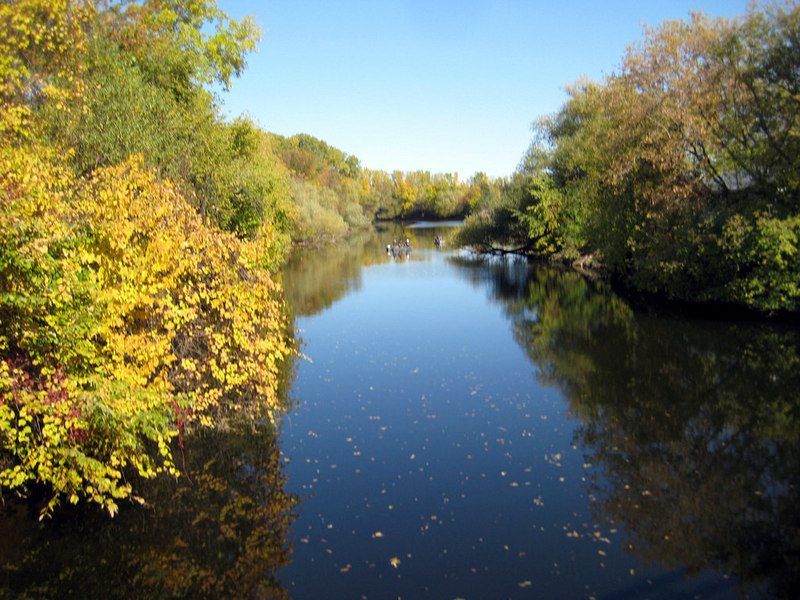
Reader Question: What kind of water rights does a property owner have if their property borders a moving body of water? William G.
Monty Answer: Hello William and thanks for your question. It is not clear what a moving body of water represents in your question. Is it a river or a lake? Is it the tide rising and falling? Is it an underground river or aquifer? Or even a seasonal stream?
Water rights fall into three basic categories with different rights and responsibilities in each.
- Surface water – rainwater or snowmelt
- A watercourse – a river, lake or underground stream
- Groundwater – aquifers accessed by a drilled well.
Property owners with a source of water have access to the water, but they do not “own” the water. The source, scarcity, different theories and the location by the state will dictate the rights applying to their use of the water. States where water is scarce tend to exercise more control over landowner water rights. Here are the theories by source of water:
Surface water
- The common enemy – the water is the common enemy, and each property owner must protect himself or herself from it. The lower landowner is at risk.
- The reasonableness rule – if the party that altered the land was unreasonable they may be liable for damages if damages can be proven.
- The civil law solution – the upper landowners, are responsible for damage to lower landowners. The upper landowner is at risk.
Surface water can be an issue with landowners everywhere in the United States. The frequency and cause of disagreements vary with the geography and precipitation. Mountains have seasonal melting and deserts have “washes,” known as arroyos, which are most often as dry as a bone. New subdivisions generate new construction and with continuing construction directing the surface water flow can take years to sort out. Rivers and streams overflow their banks.
Watercourses
With Riparian Rights, the philosophy is equal rights with other landowners owning property connected to the body of water. Each state is different with the details, but an owner cannot take more water than they need, and the water must fill a beneficial use. While property owners with water have access to the water, they do not “own” the water.
The Prior Appropriation Doctrine, which means the state controls the water, and the state, not the riparian owners, decide the use of the water, and by whom. The state will dictate which theory applies to your property. Western states are prone to the Prior Appropriations Doctrine because of the scarcity of water.
Groundwater
An aquifer owner can be a public or private entity. If the owner is a public entity, such as the state, the state decides who has access to the water and how much water they can use. A private entity can regulate the production of water on state liability law or land ownership. An example of this system is the number and capacity of wells a property owner over the aquifer owned by others could drill.
Regardless of the ownership, the type of aquifer, the economics and the hydrology in the area will determine the effectiveness of the rules.
Other considerations
There is another legal theory that can come into play with water property called a meander line. The meander line is a high water elevation that determines the amount of property between it and the waters edge at its low. The Bureau of Land Management has a plethora of information regarding meander lines.
In addition to these legal theories impacting the property, states have regulations about what a property owner can, and cannot do near or on the water. State and federal agencies such as Federal Emergency Management Agency (FEMA) or the state’s Department of Natural Resources promulgate and enforce the rules. An internet search for a state will reveal a web link.
Many entities want a say with utilizing our natural resources and water is at the top of the list. Water often creates Environmentally Sensitive Areas (ESA’s) near the water’s edge that harbor certain plants and wildlife. There may be limits on the use of certain areas called wetlands. Consider checking with the county as it may have restrictions on the use of the water or land near water’s edge. Examples of this may be how close to shore you could build a structure, or whether or not you could build a pier.


